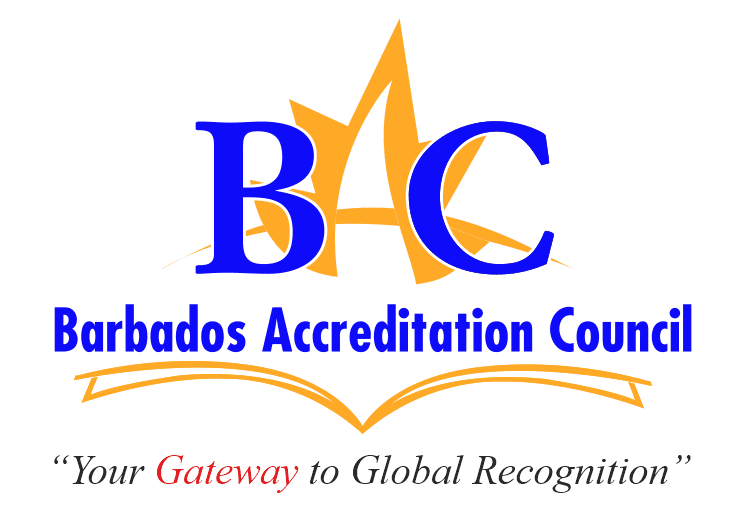The impact of educational leadership is far-reaching – from the classrooms of today to the boardrooms of tomorrow’s leaders. The recent COVID-19 health pandemic resulted in the shifting of many schools globally to online learning, dramatically increasing the importance of leadership in education. So, what is educational leadership?
Educational leadership has been defined as, “the process of enlisting as well as guiding the talents and energies of teachers, learners, and parents toward achieving common educational goals” Enwereuzo (2022). It is not sufficient to have leadership in place, but the leadership must be effective for quality instruction, student outcomes and overall effective schools. Leithwood, Seashore, Anderson & Wahlstrom (2004) stated that the quality of classroom instruction and effective leadership are critical to determining student outcomes.
Additionally, Lezotte (1991) outlined seven characteristics of an effective school as follows:
- Clear School Mission – refers to the leader clearly communicating and reinforcing the school’s goal while involving its stakeholders.
- High Expectations for Success – in high achieving schools there is a culture of high expectations, in that, there is a belief from the staff that students can master the school’s curriculum even if teachers provide additional assistance.
- Instructional Leadership – organizational heads act as the leader of leaders, where the teaching staff are trusted to create a learner friendly environment consistent with the values of the governing body, Ministry of Education, etc. As a result, the teaching staff works diligently and confidently to achieve the school’s vision and mission.
- Opportunity to Learn and Time on Task – this examines principals/organizational heads allocating a timetable for instruction that focuses on an integrated interdisciplinary curriculum, while being mindful of protecting that teaching time.
- Safe and Orderly Environment – leaders should seek to construct, support and maintain an environment that nurtures learning.
- Positive Home – School Relations – parents are encouraged and supported by educators to be involved in their children’s education.
- Frequent Monitoring of Student Progress – students tend to excel when there is frequent monitoring of their progress, as this better equips teachers/instructors and other stakeholders to evaluate teaching strategies that cater to and support the learning styles of the students.
It is important to note that no one characteristic is better or worse than the other. Each characteristic ought to be considered in the context of the situation that the leader faces.
Therefore, with the growing demand for effective leaders in today’s schools, it is crucial that educational leaders are equipped with the necessary skills to be highly proficient to produce effective schools. Educational leadership, whether made up of principals, teachers/instructors or parents, must see themselves as integral to the success of schools and learners. Consequently, Lezotte’s characteristics outlined above can serve as a useful guide when considering the effectiveness (or quality) of the educational leadership to achieve effective schools and educational success for all learners.
Sergio Alleyne
Barbados Accreditation Council
References
Enwereuzo, P. N. (2022). Meeting the Challenges of Educational Leadership Through Functional Viable Education. Approaches in International Journal of Research Development, 1-13.
Leithwood, K., Seashore Louis, K., Anderson, S., & Wahlstrom, K. (2004). Review
of research: How leadership influences student learning.
Lezotte, L. (1991). Correlates of effective schools: The first and second
generation. Okemos, MI: Effective Schools Products, Ltd.

